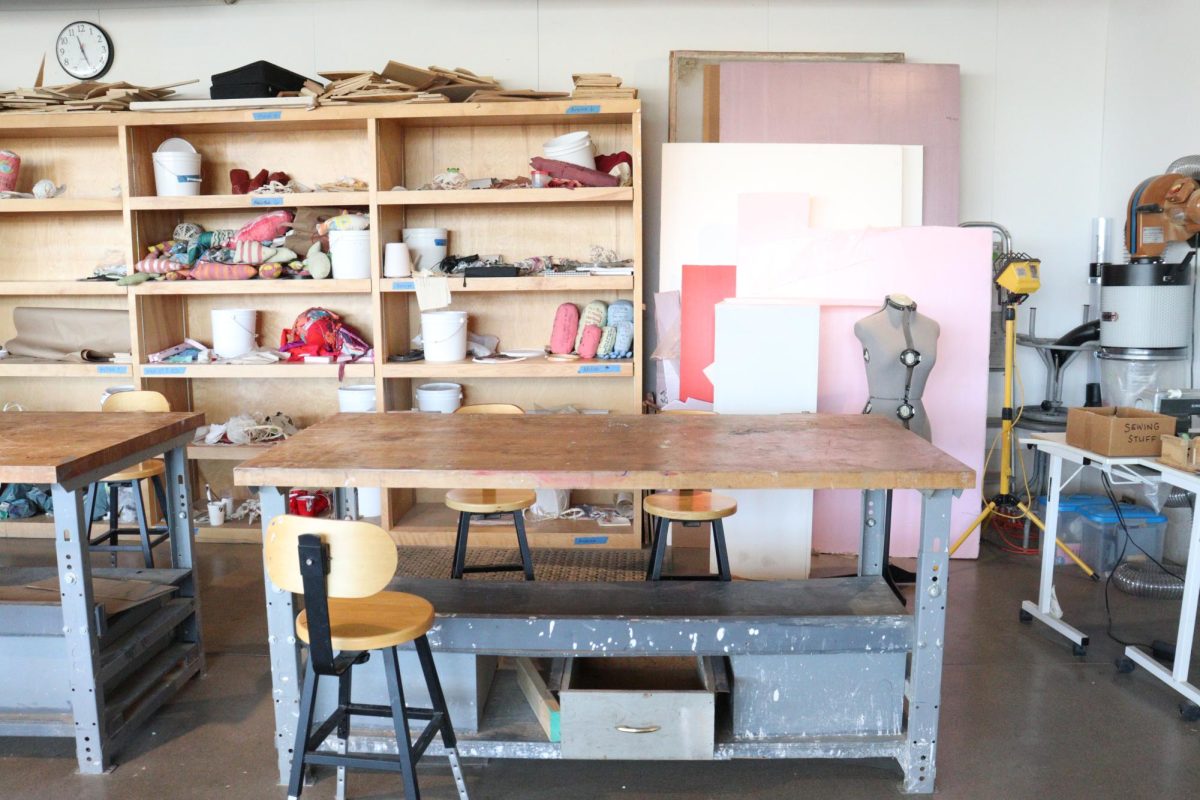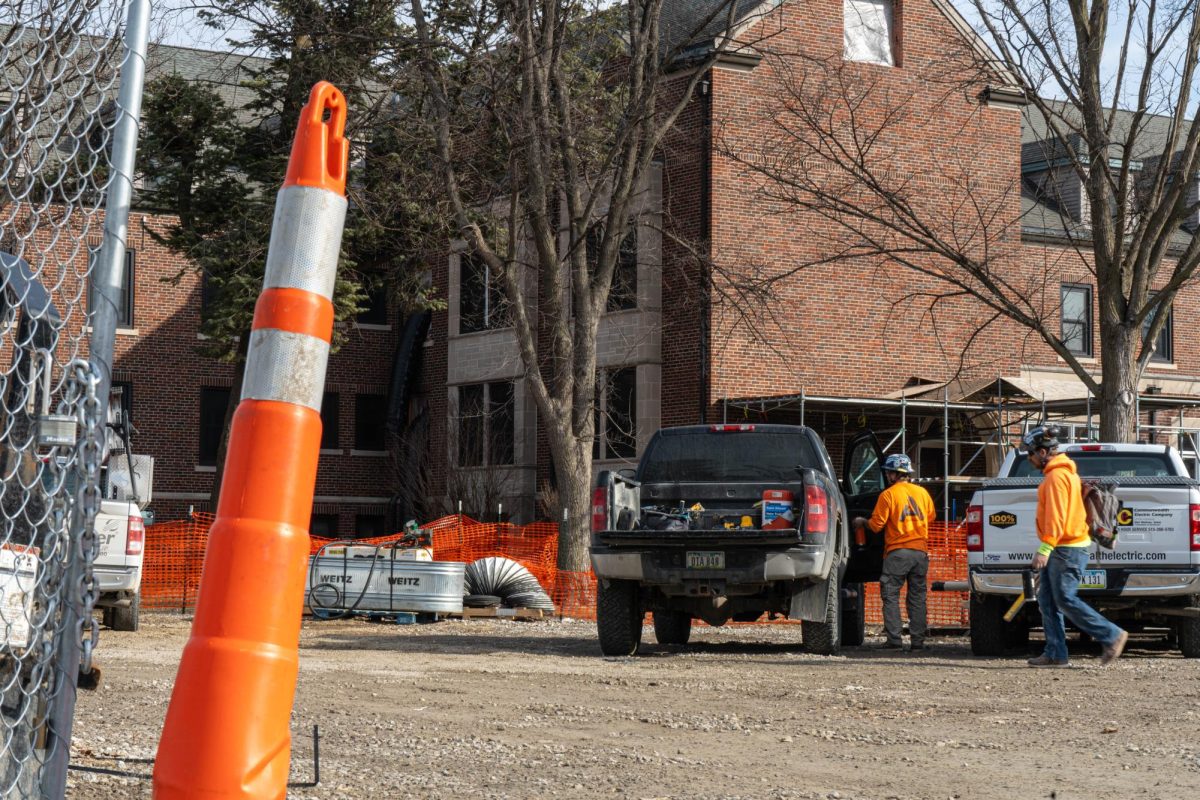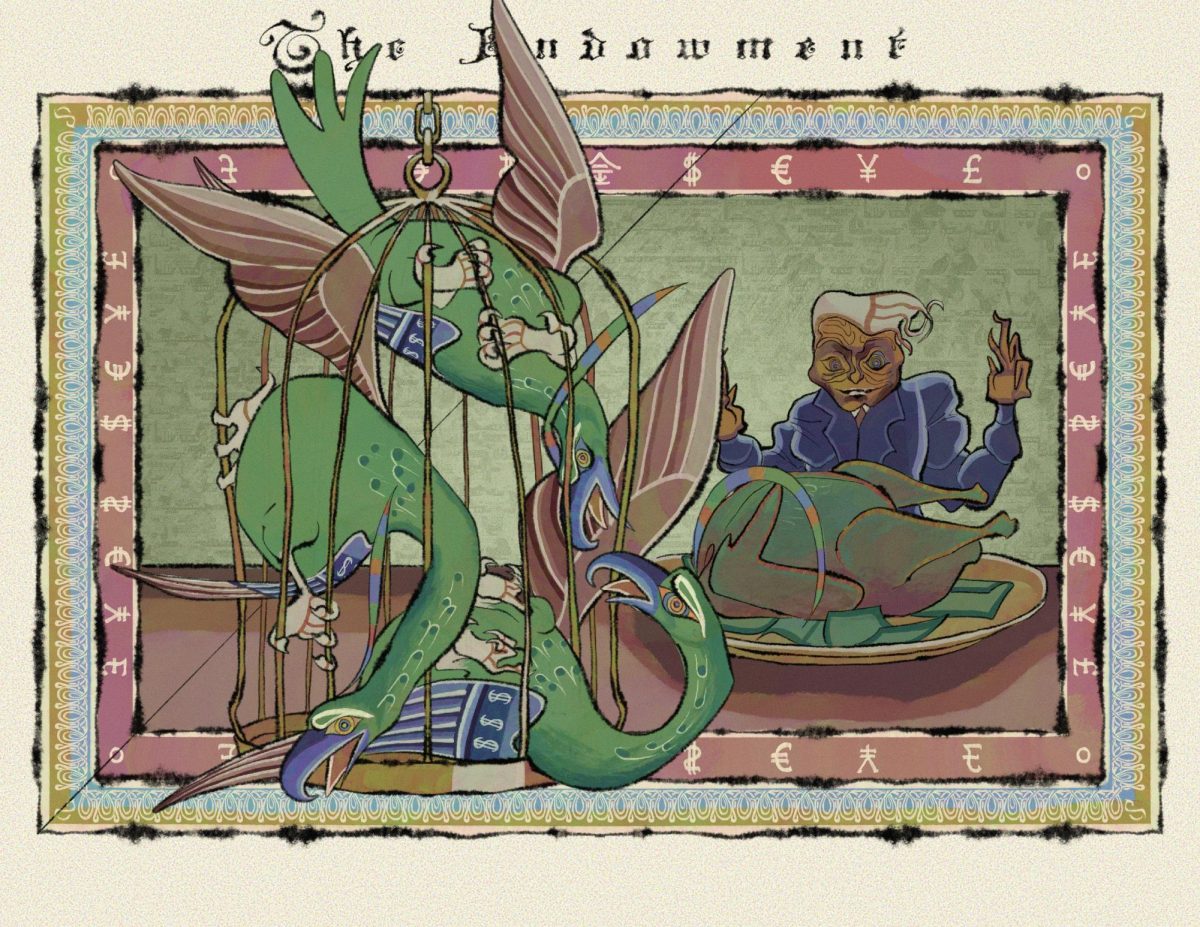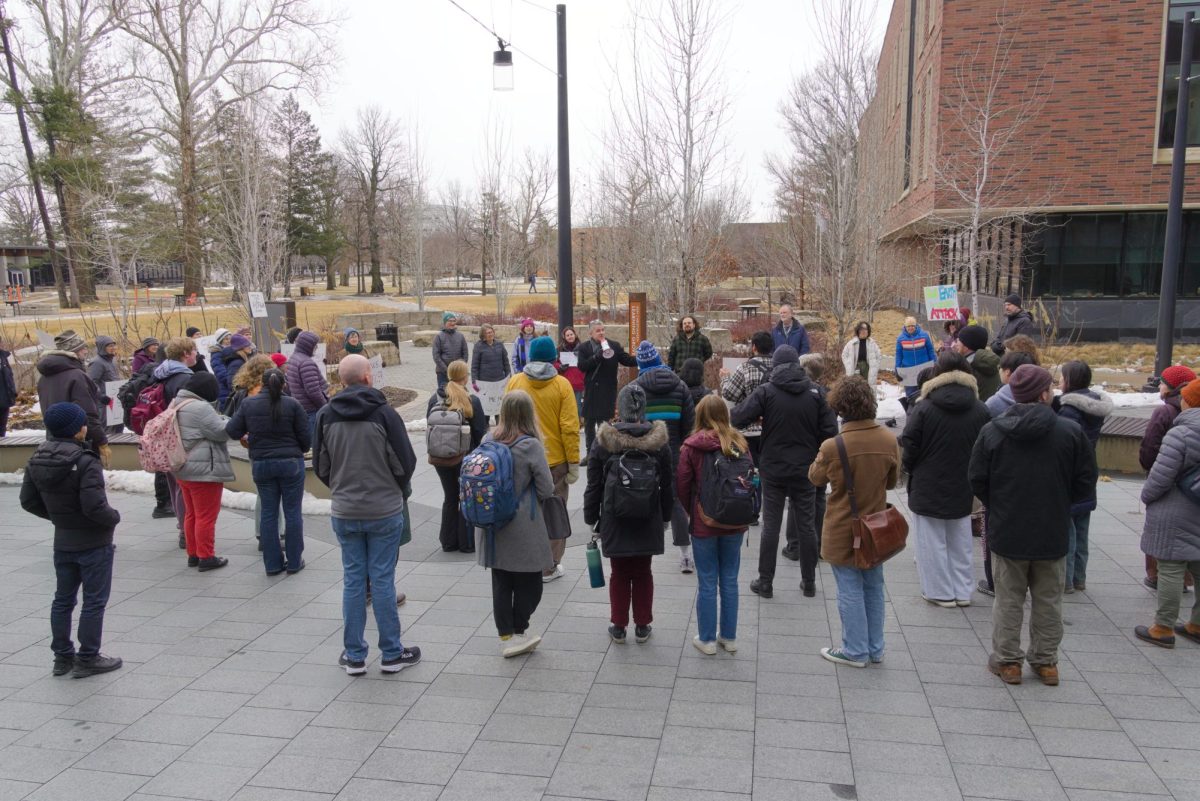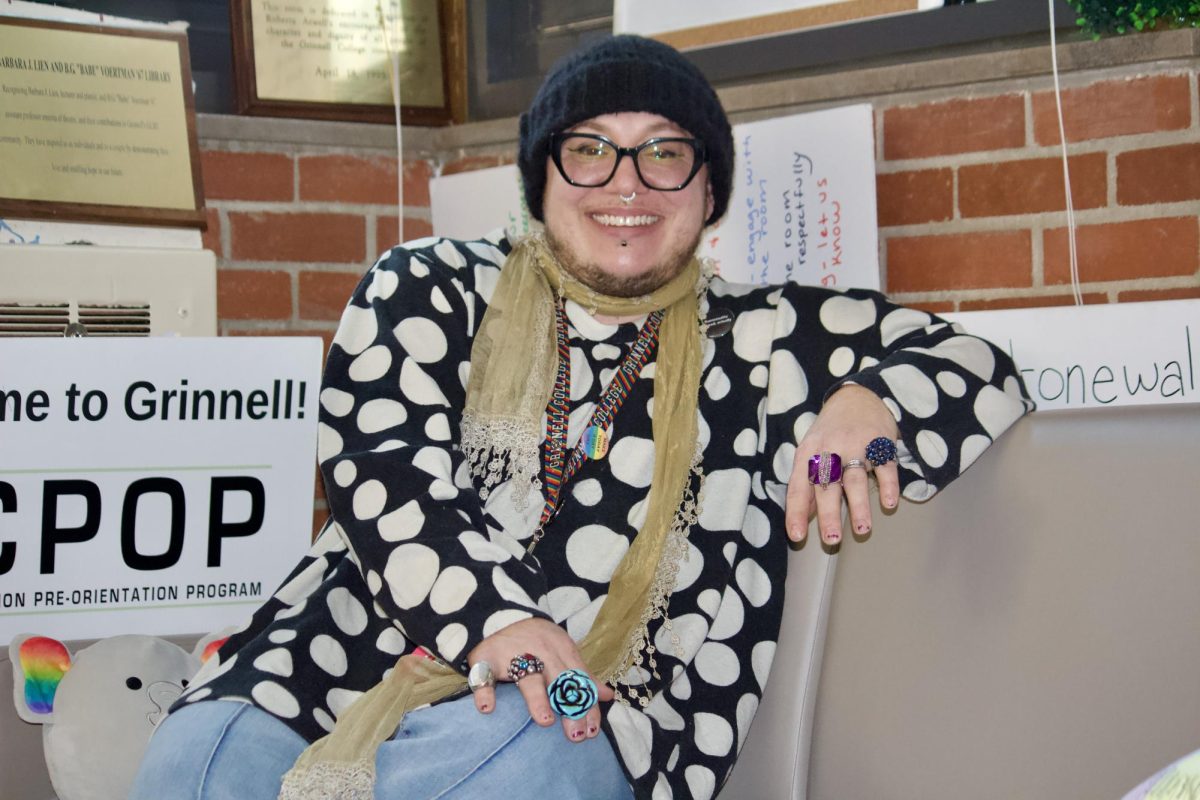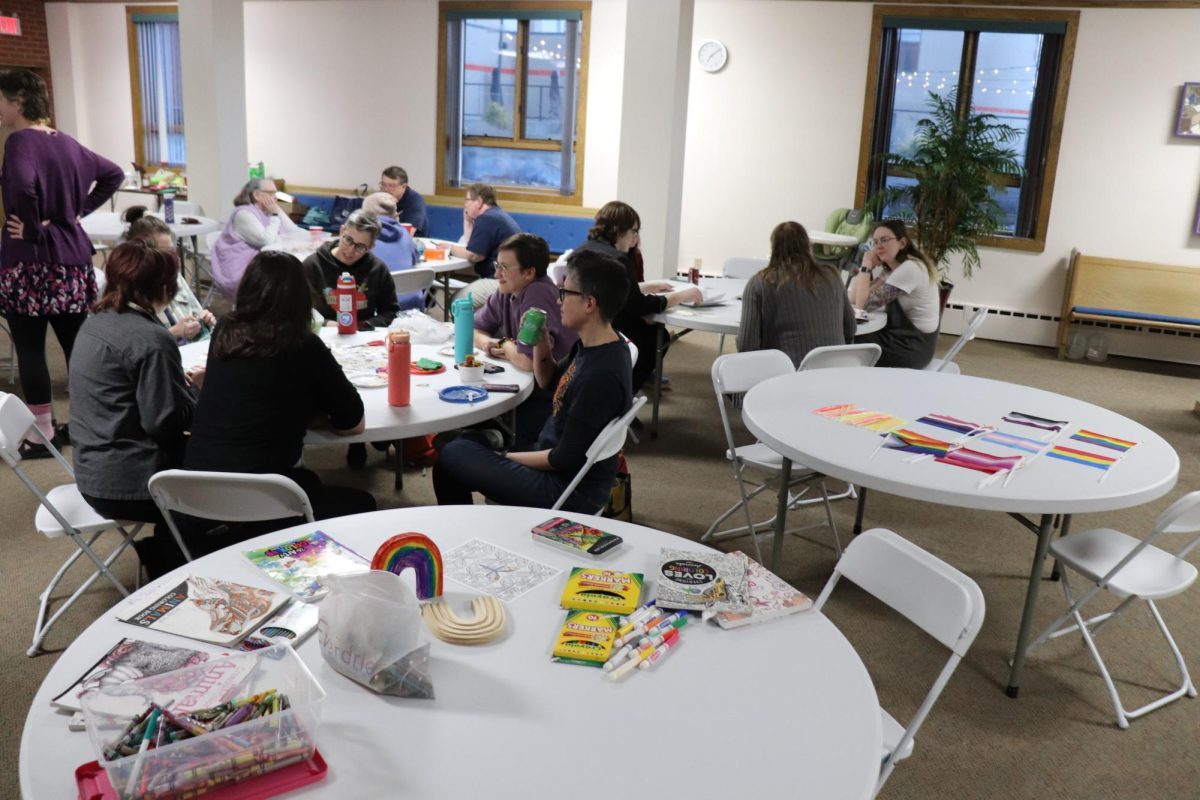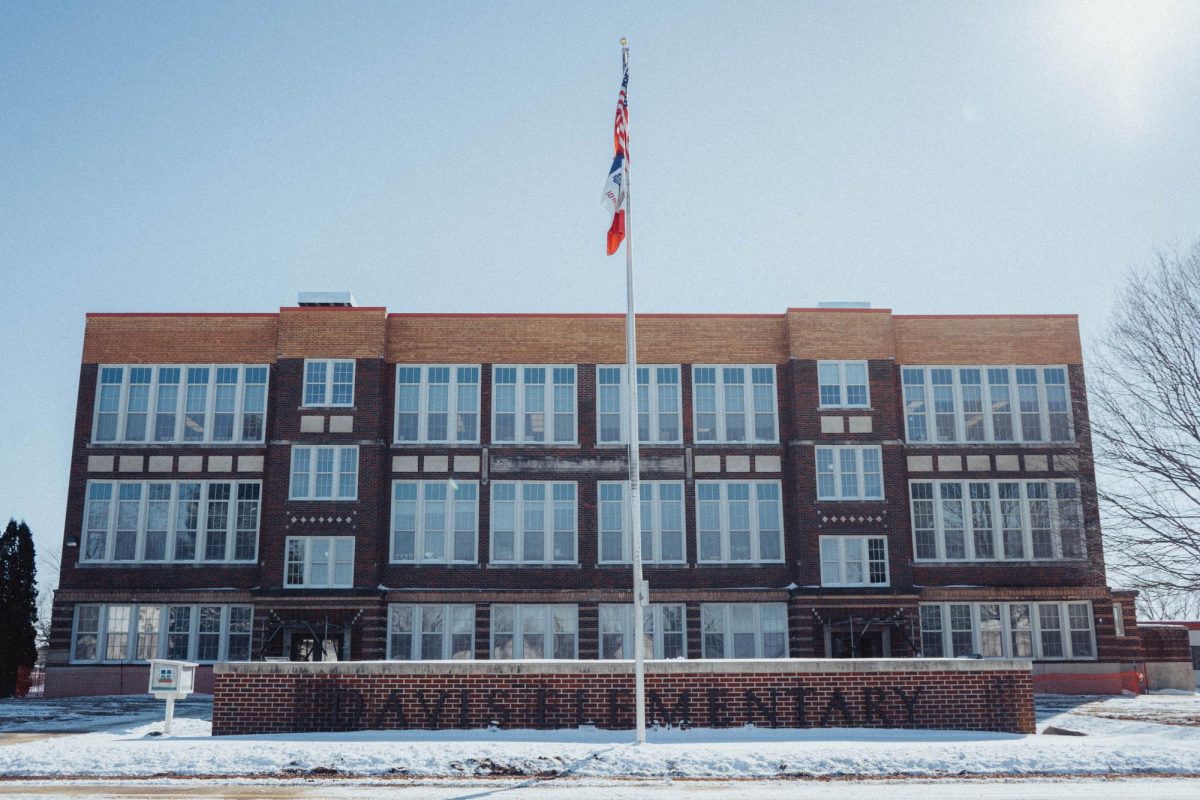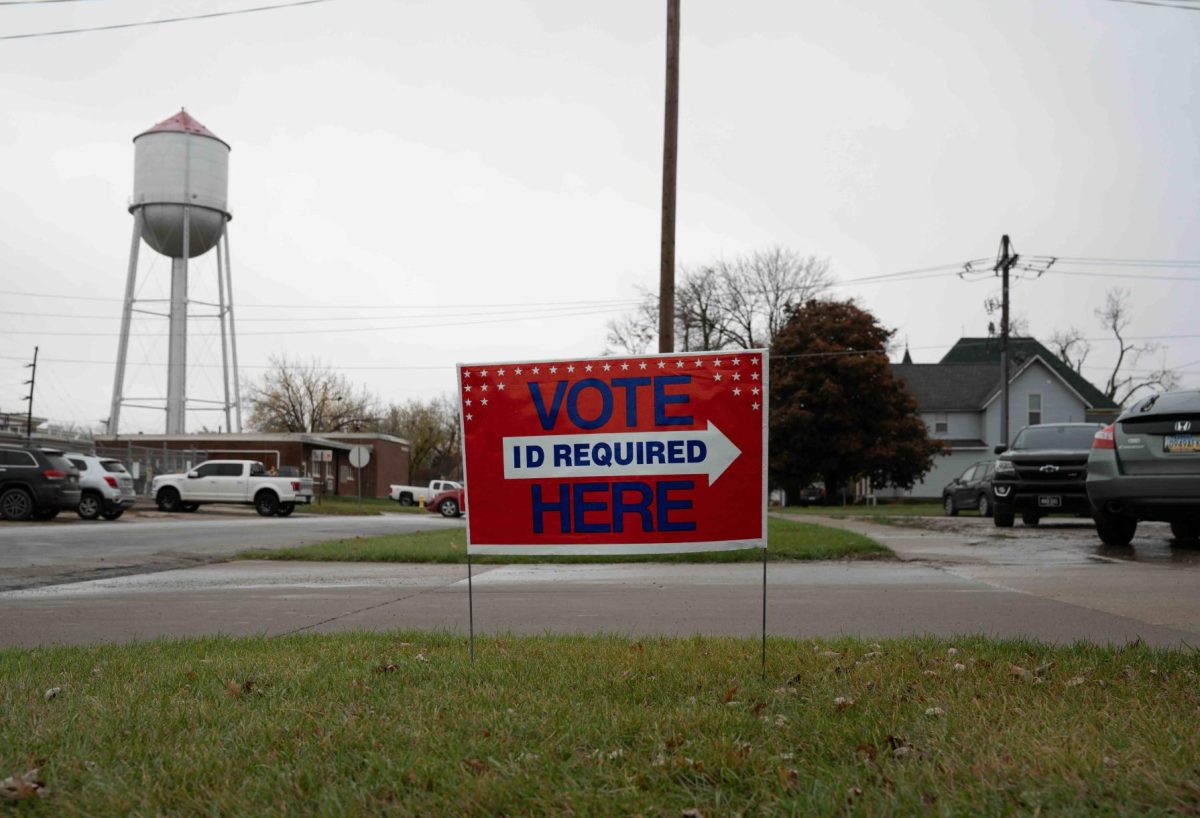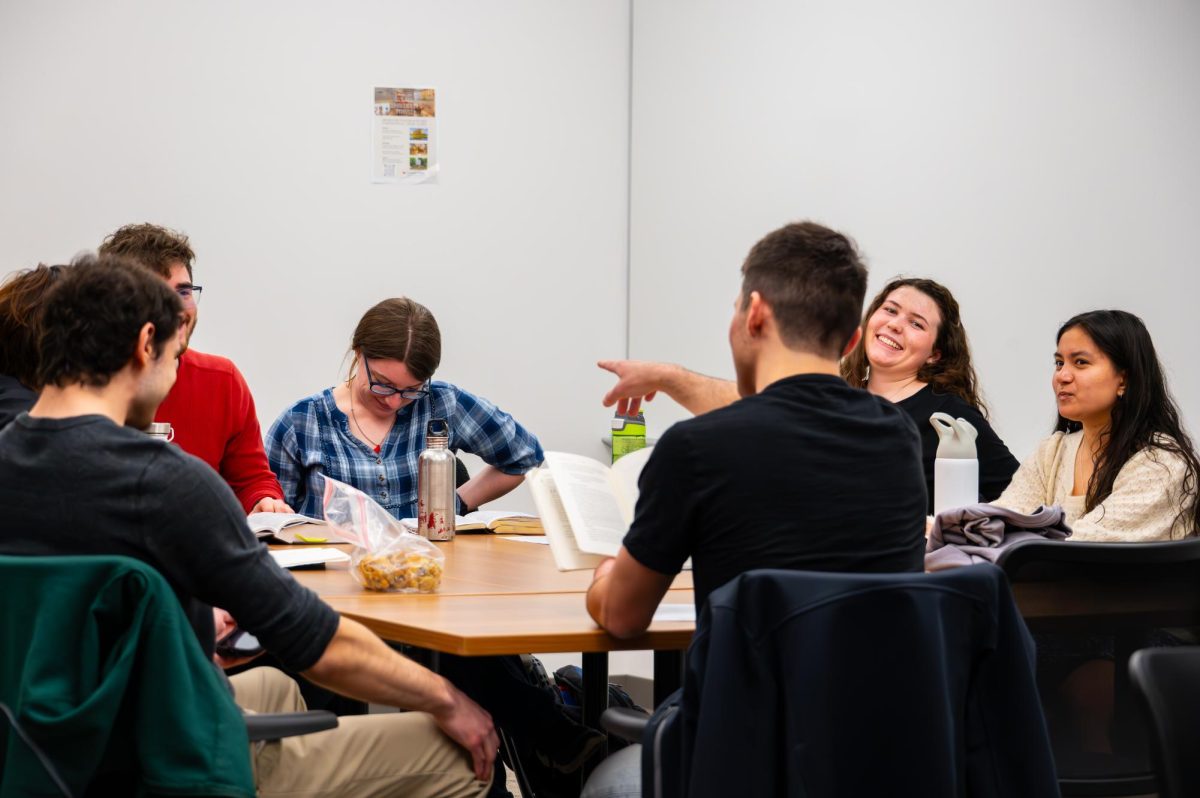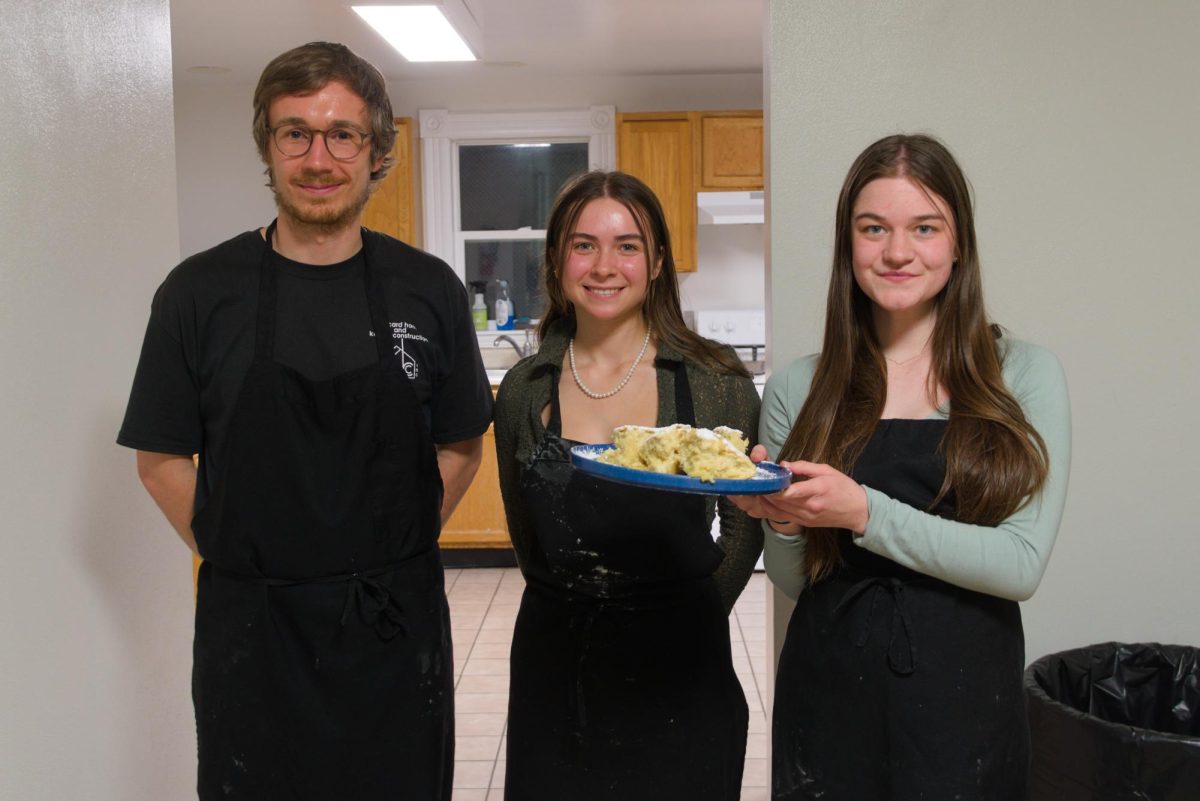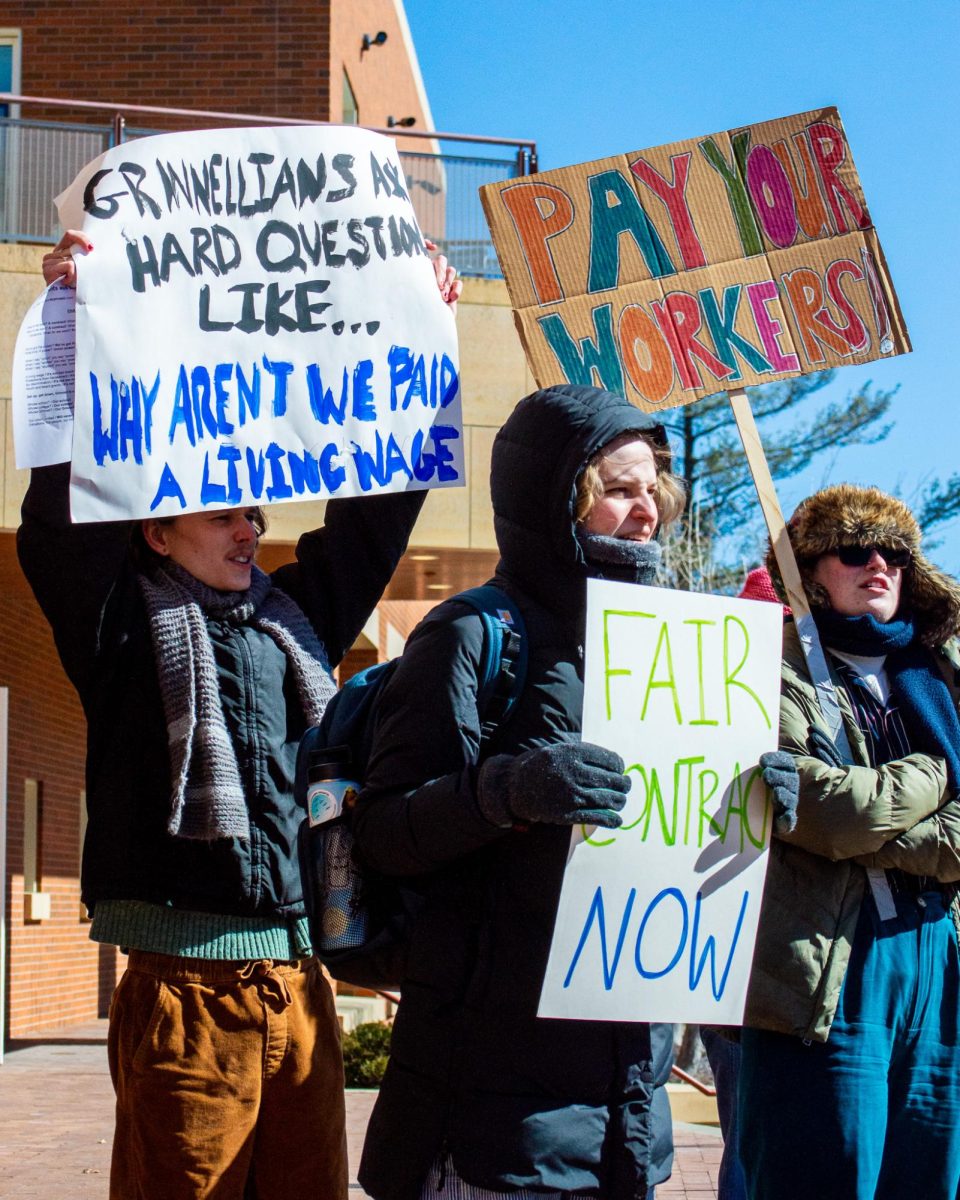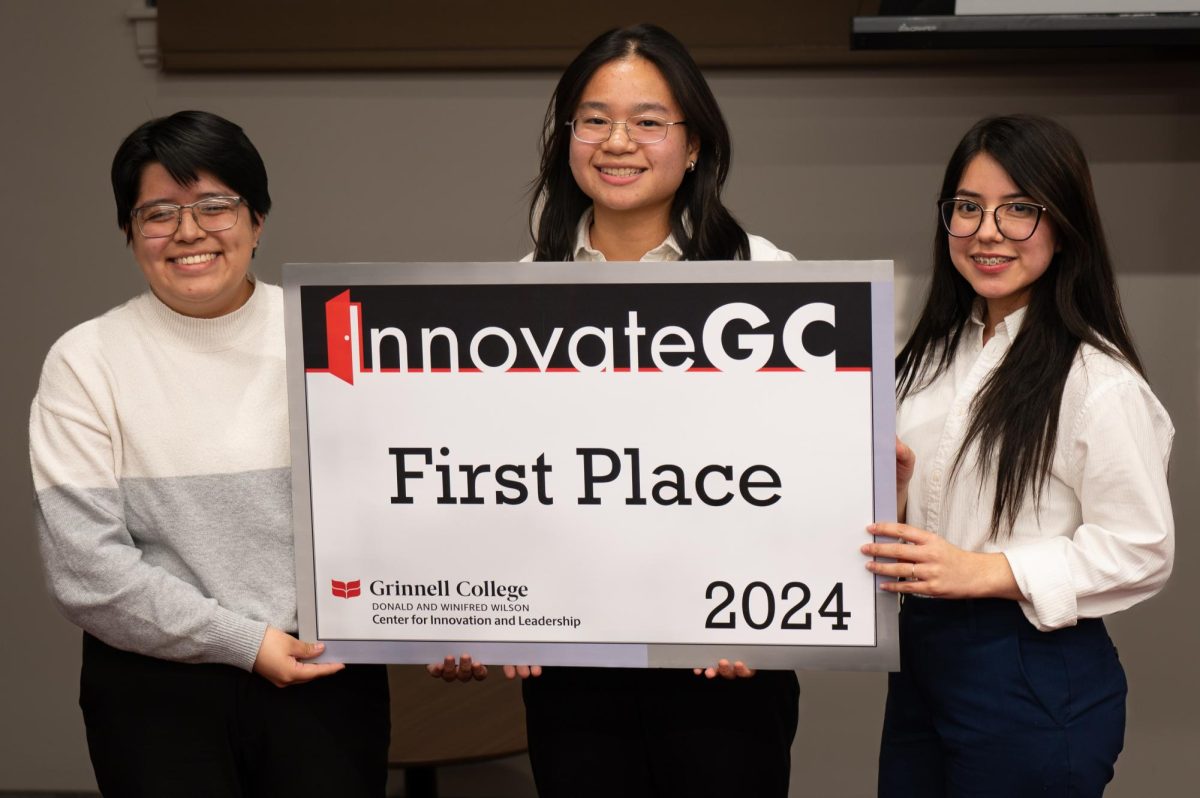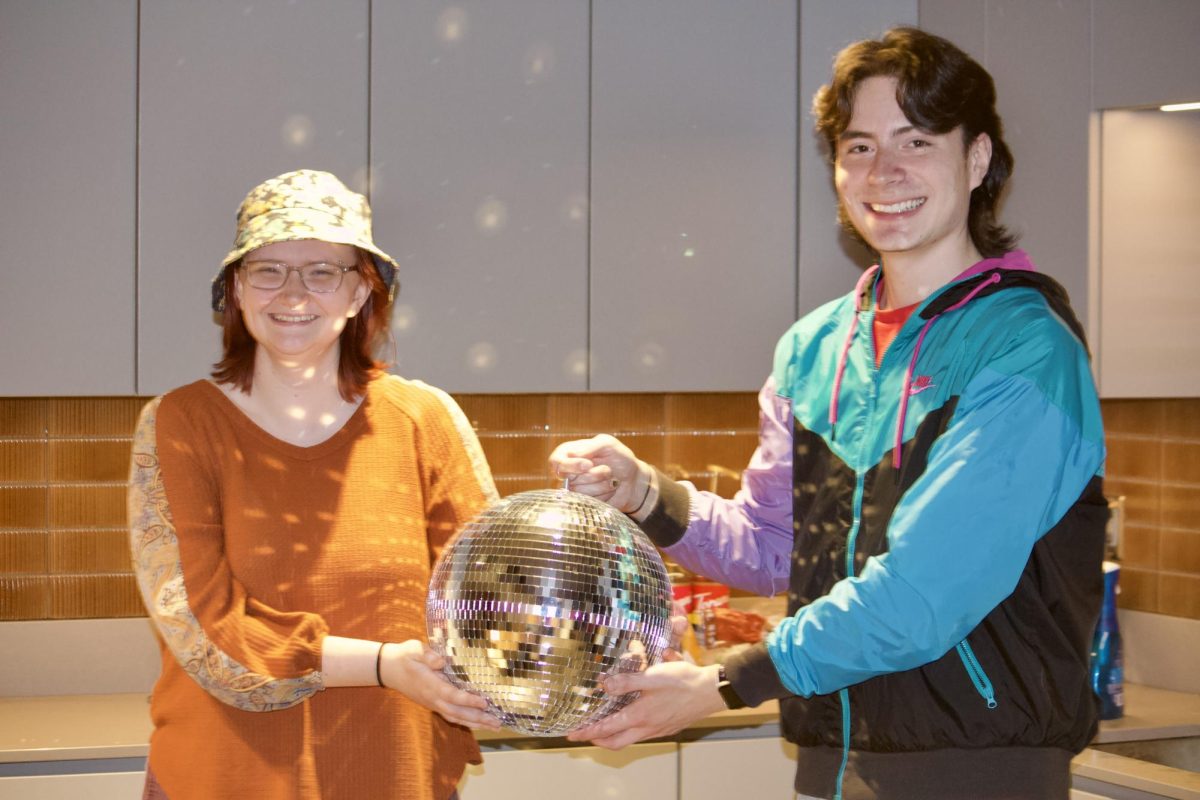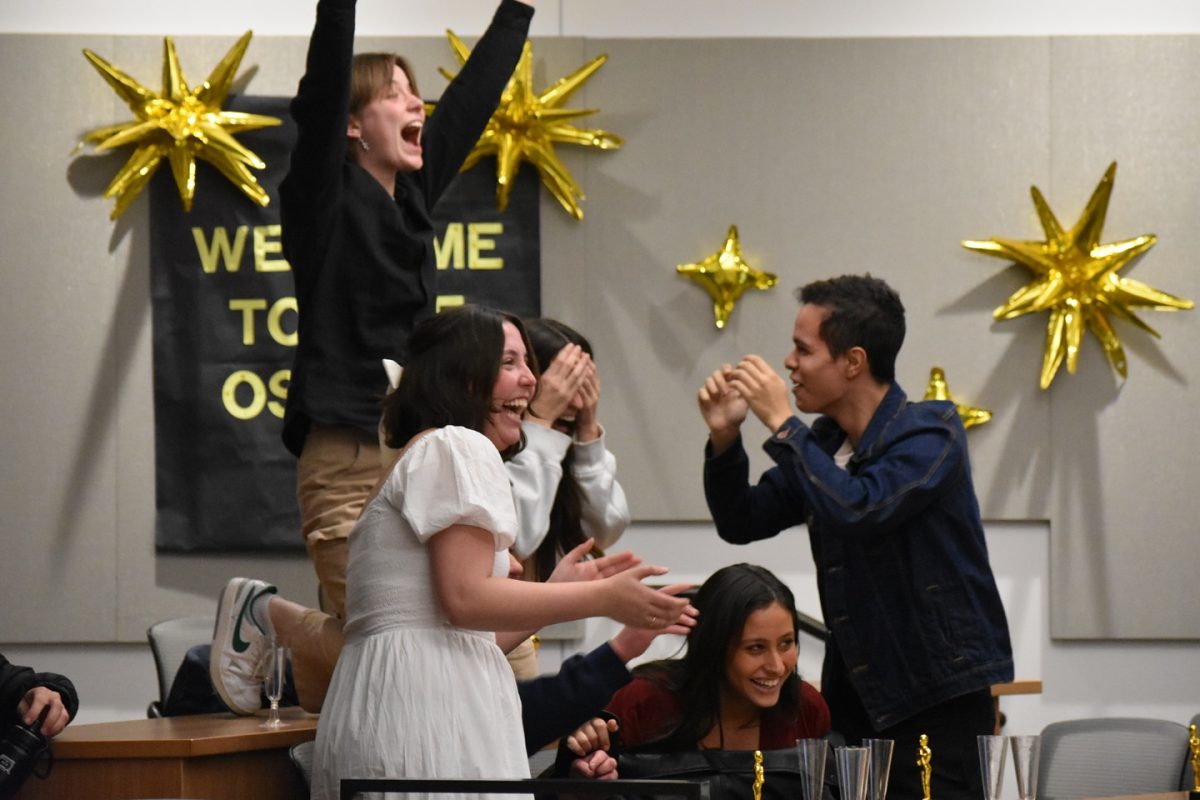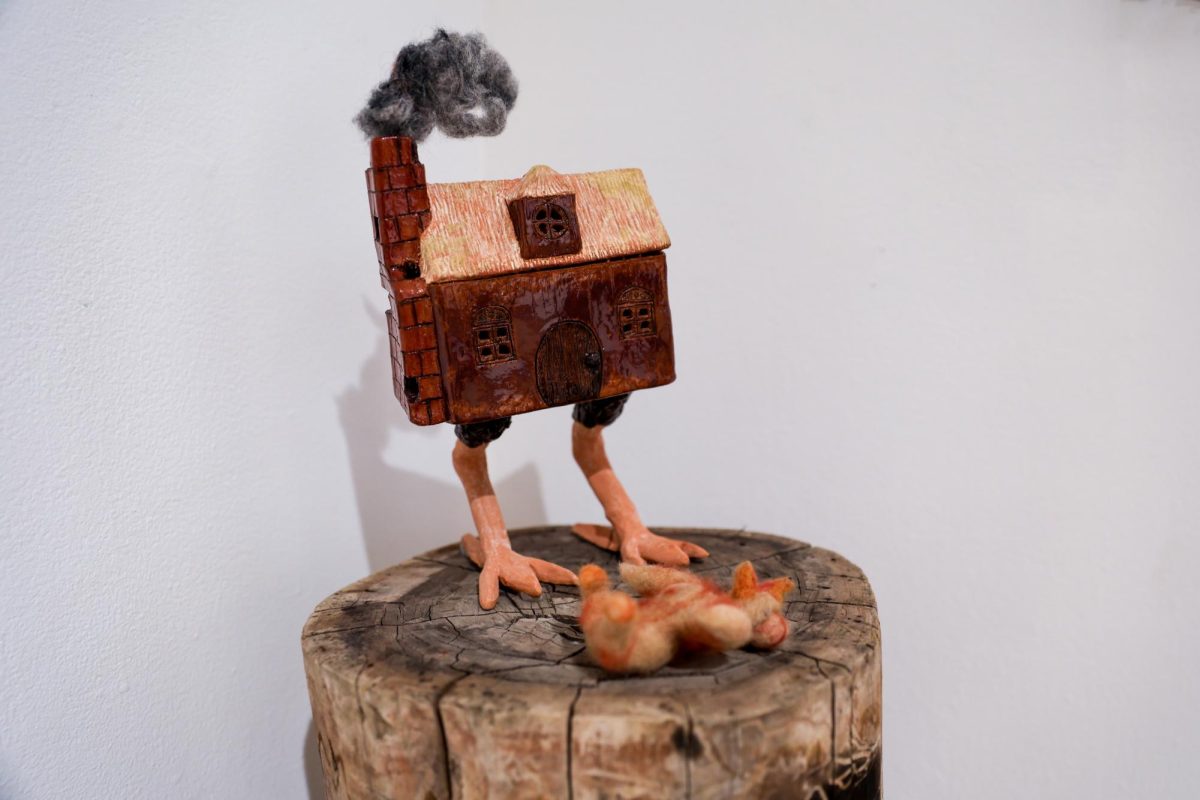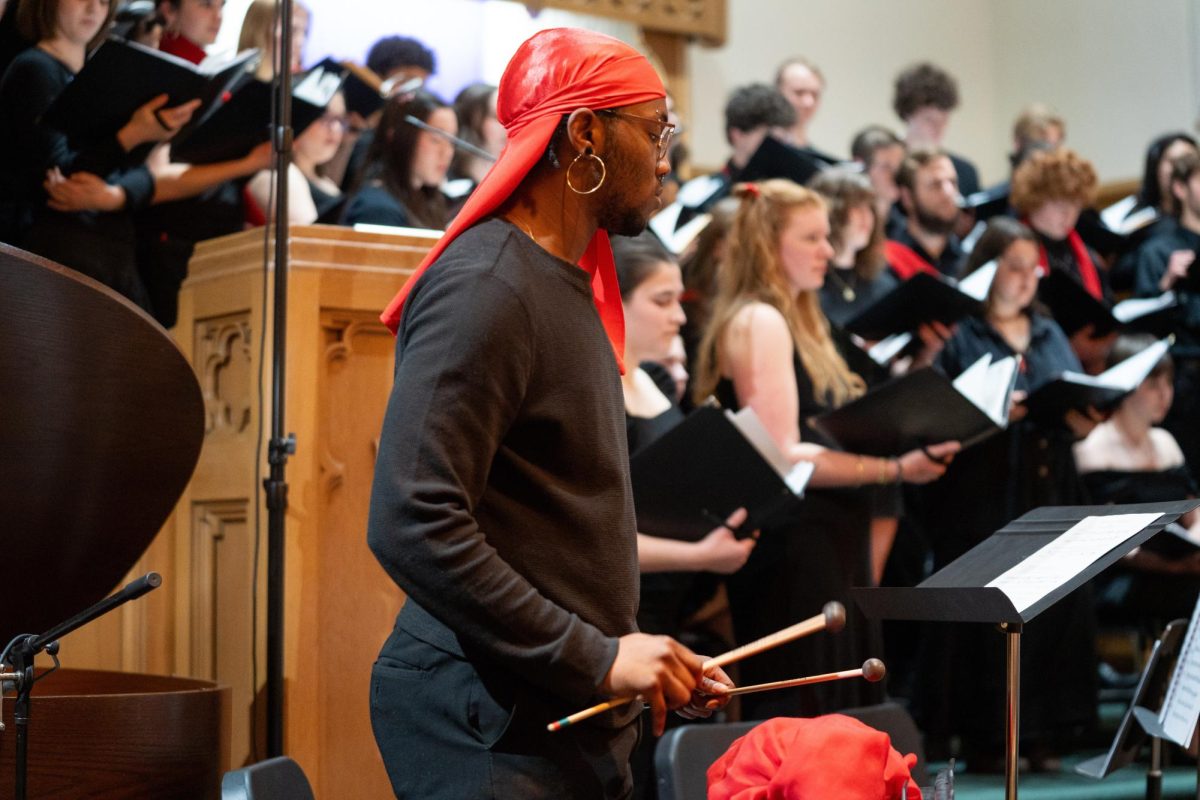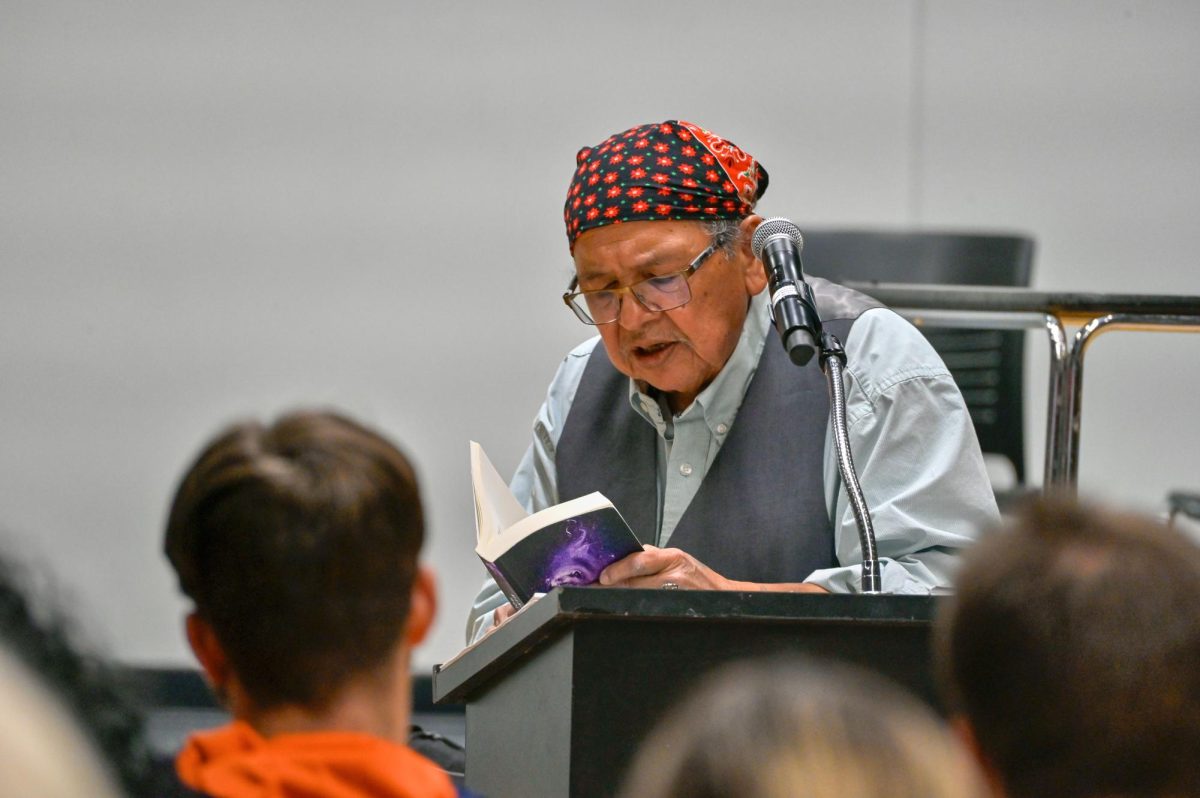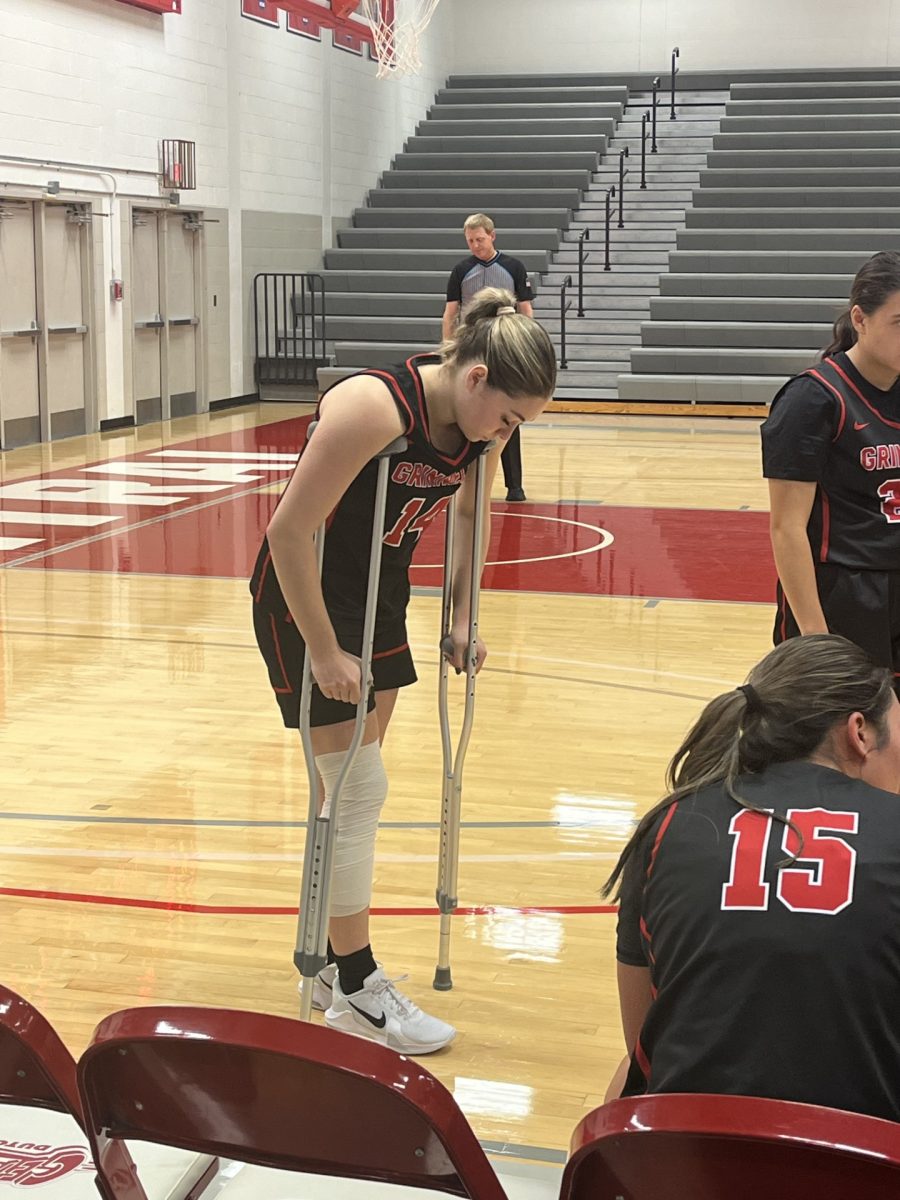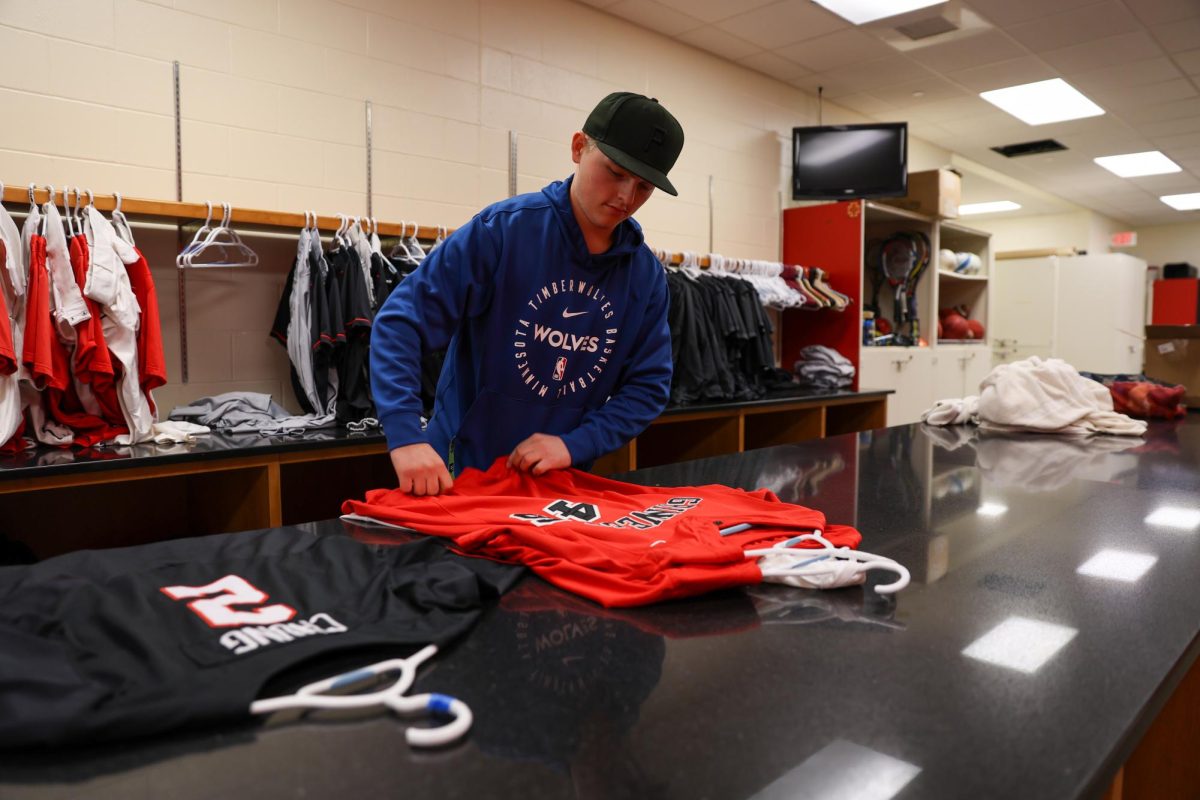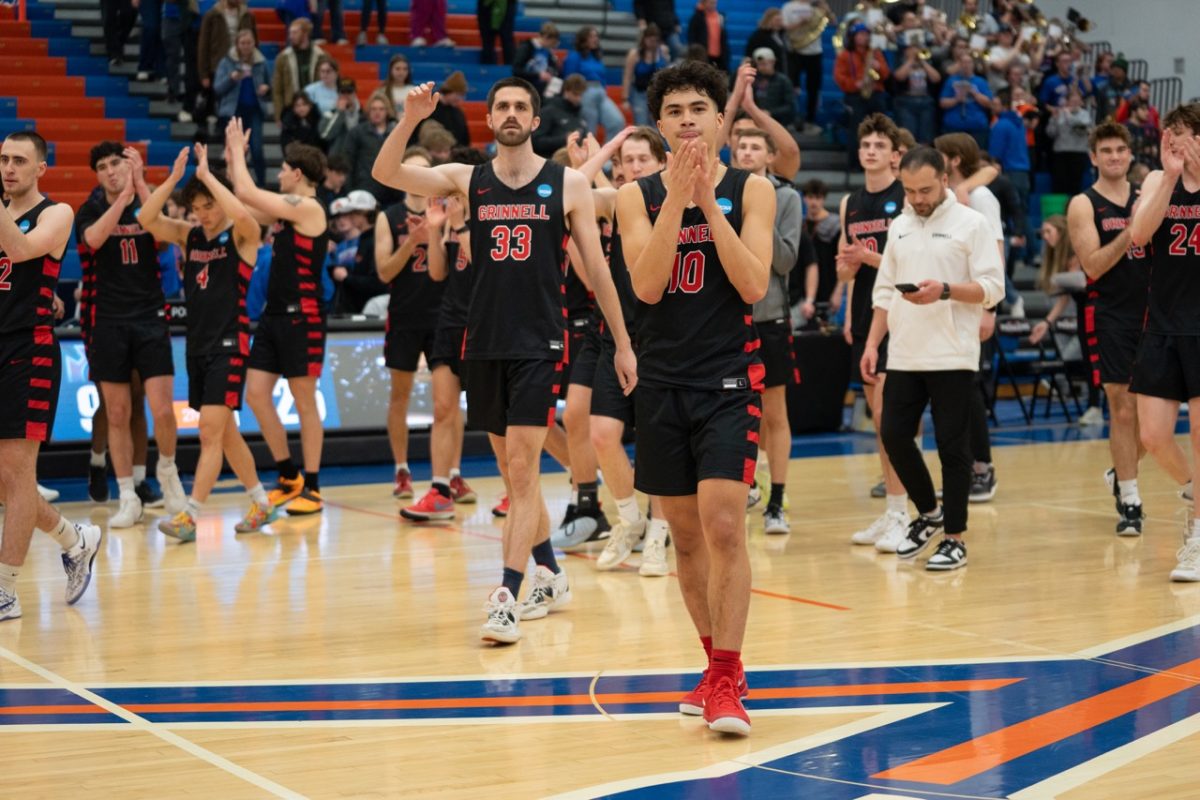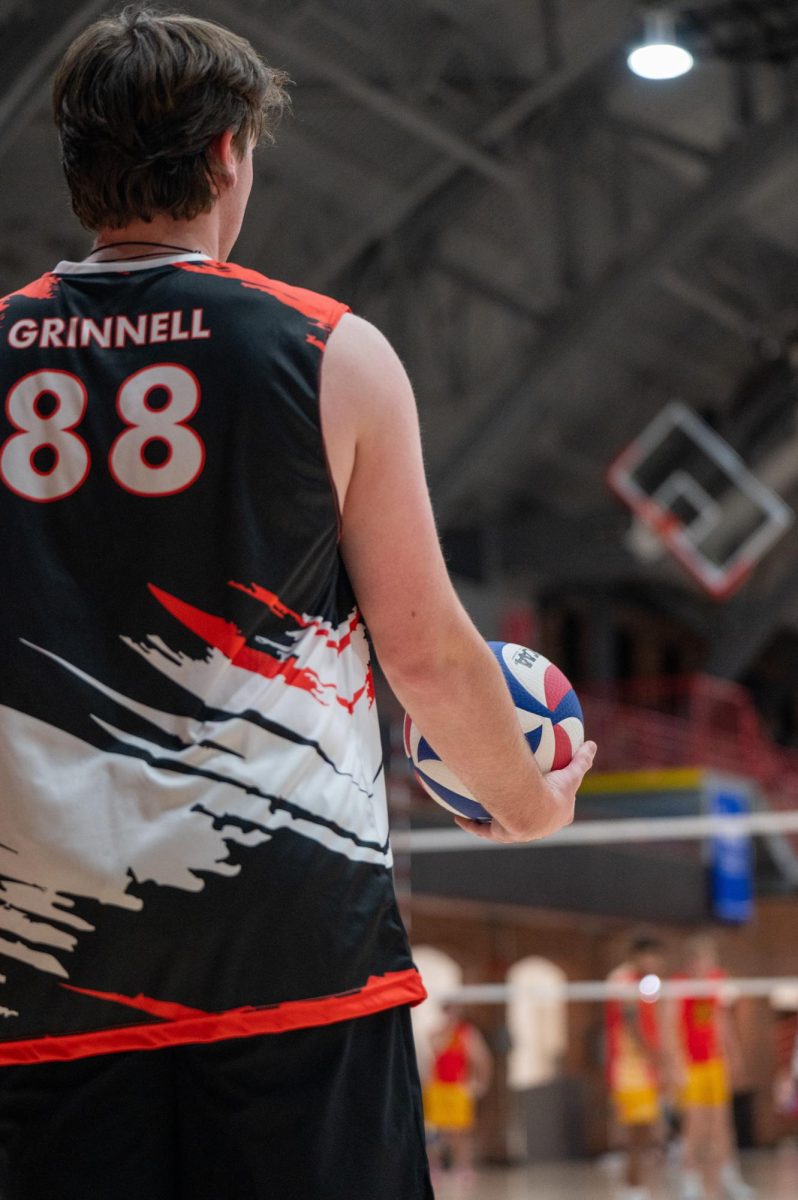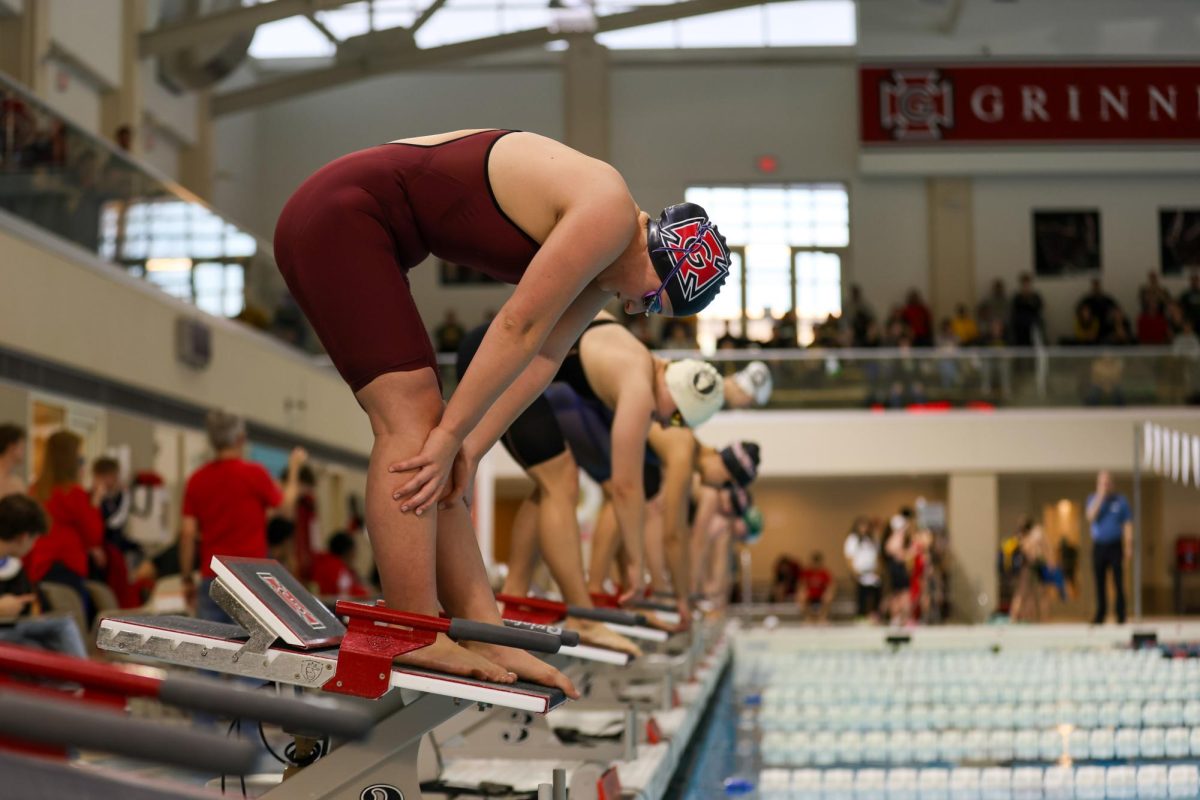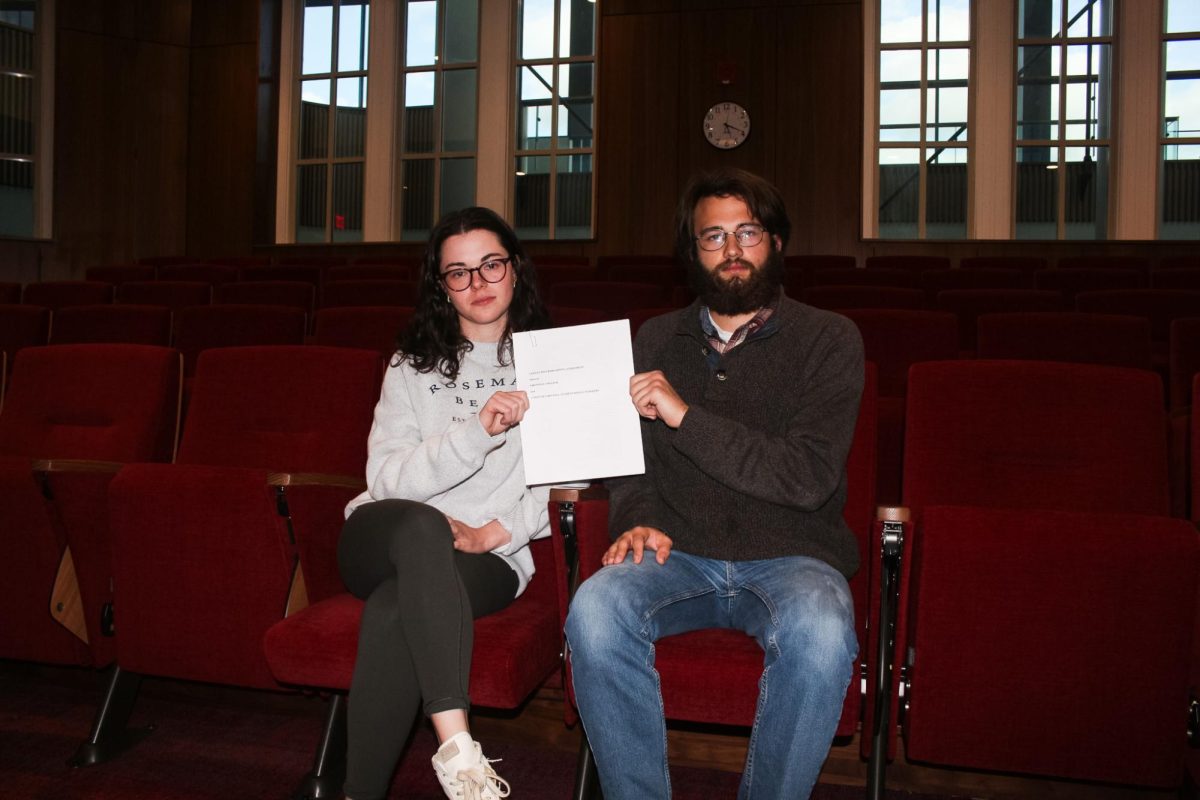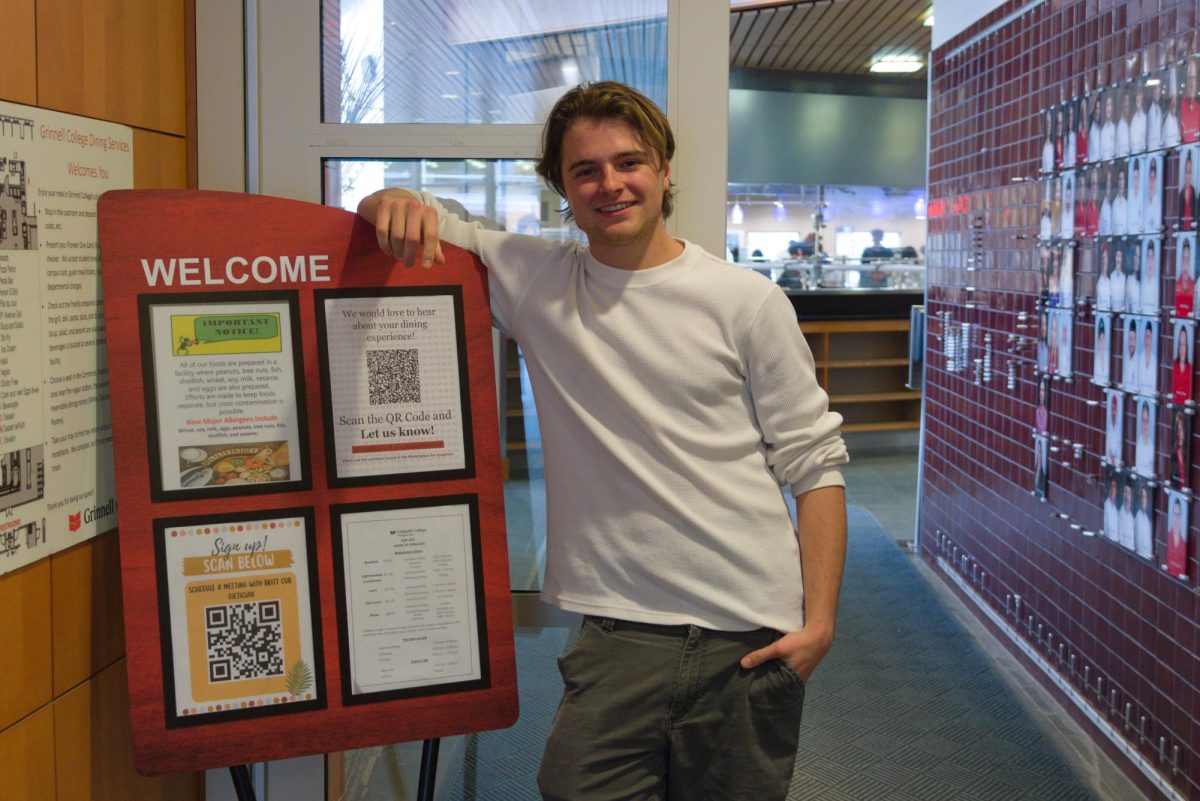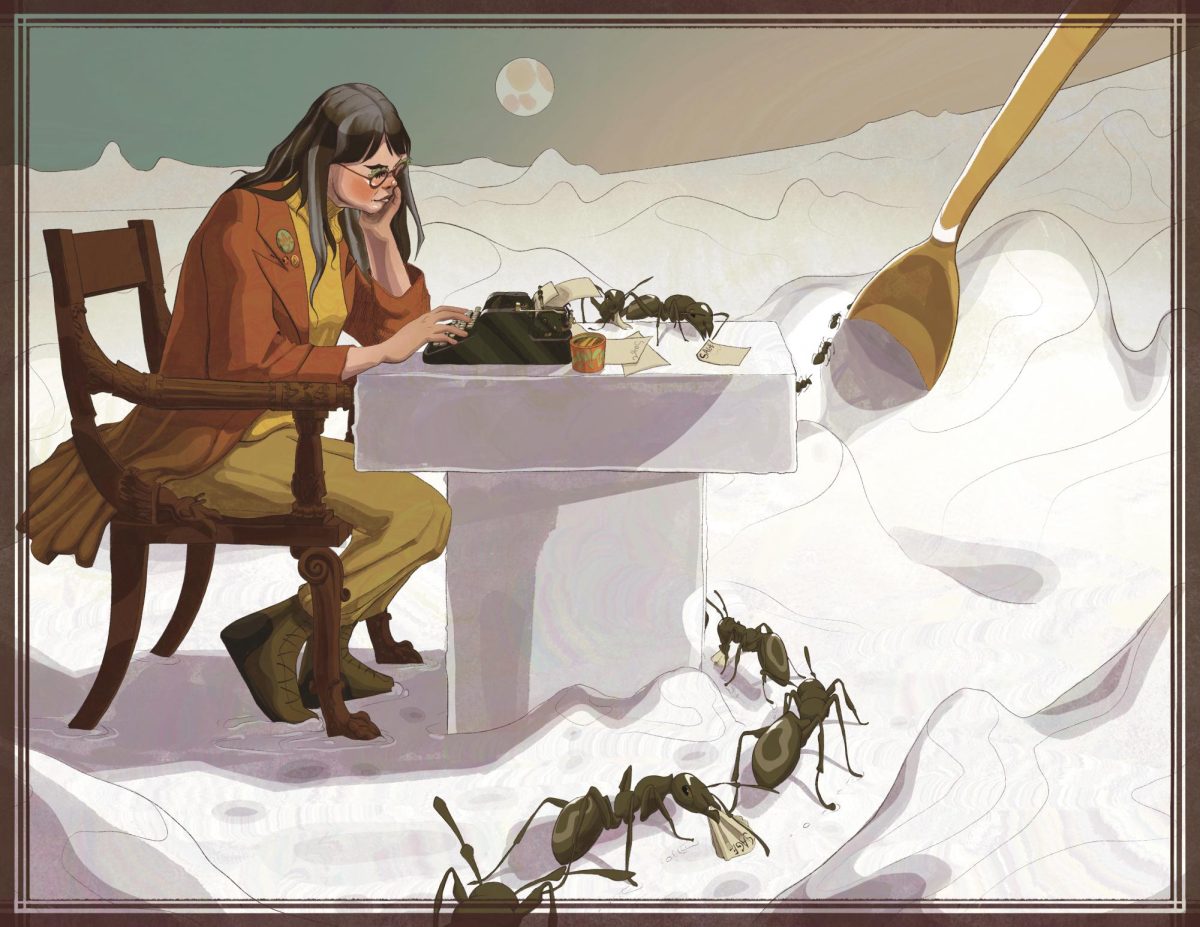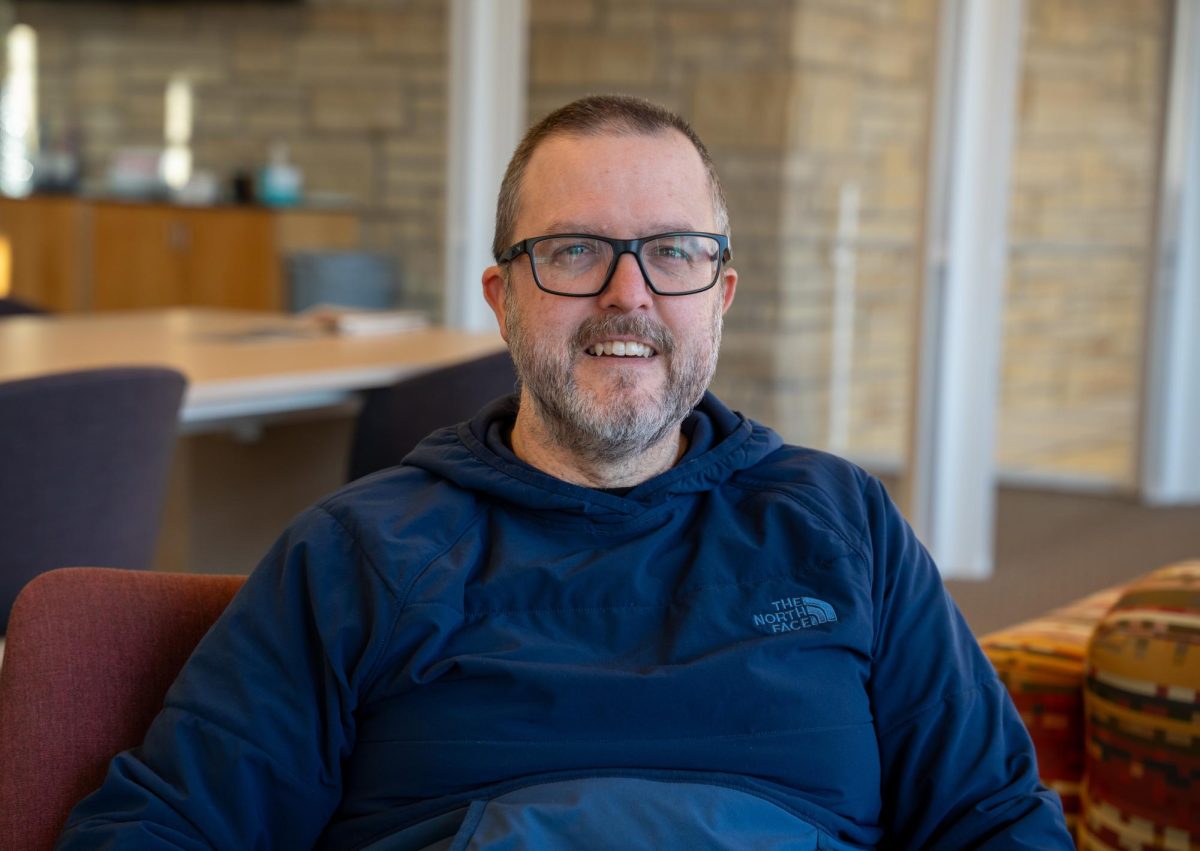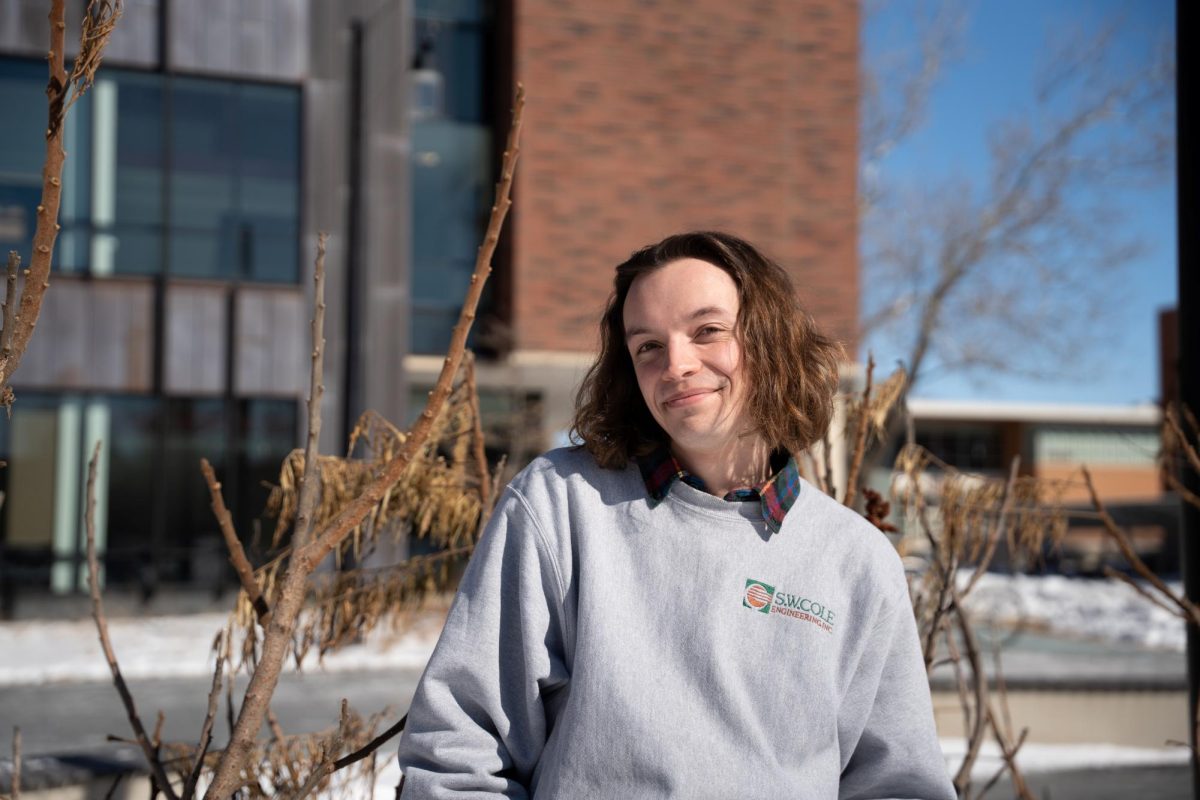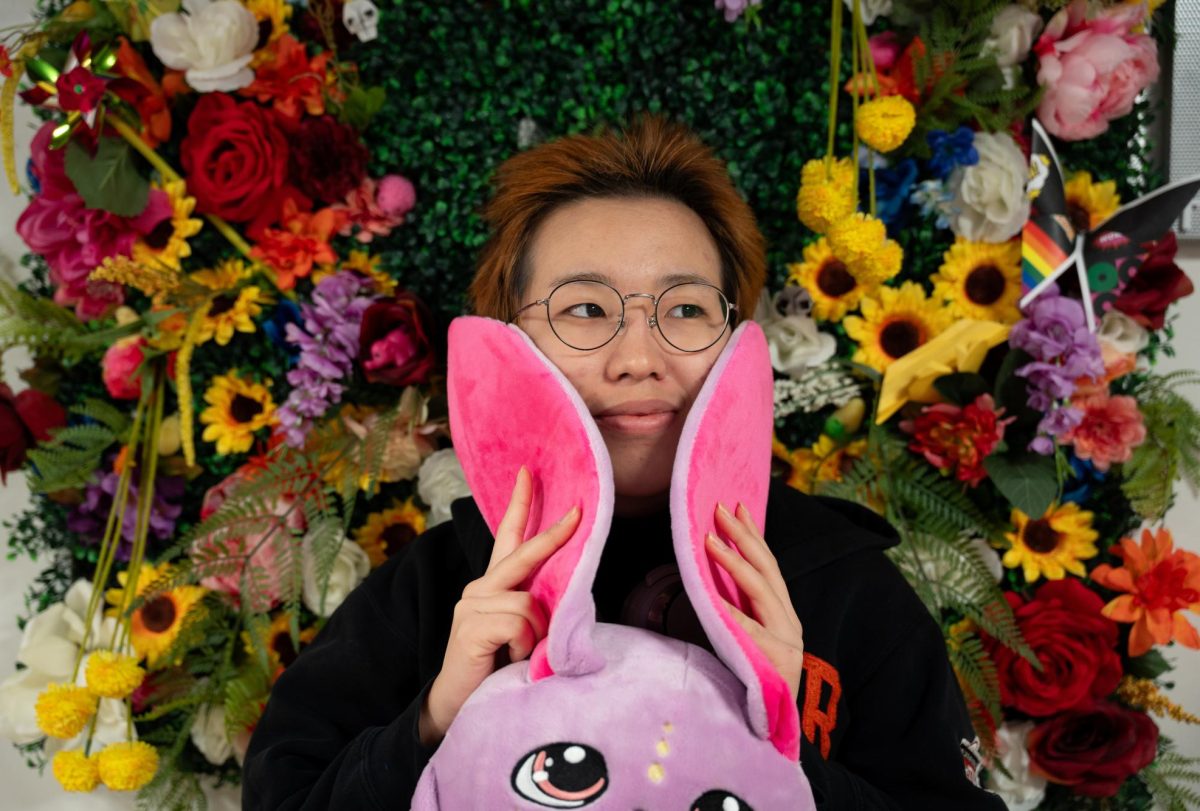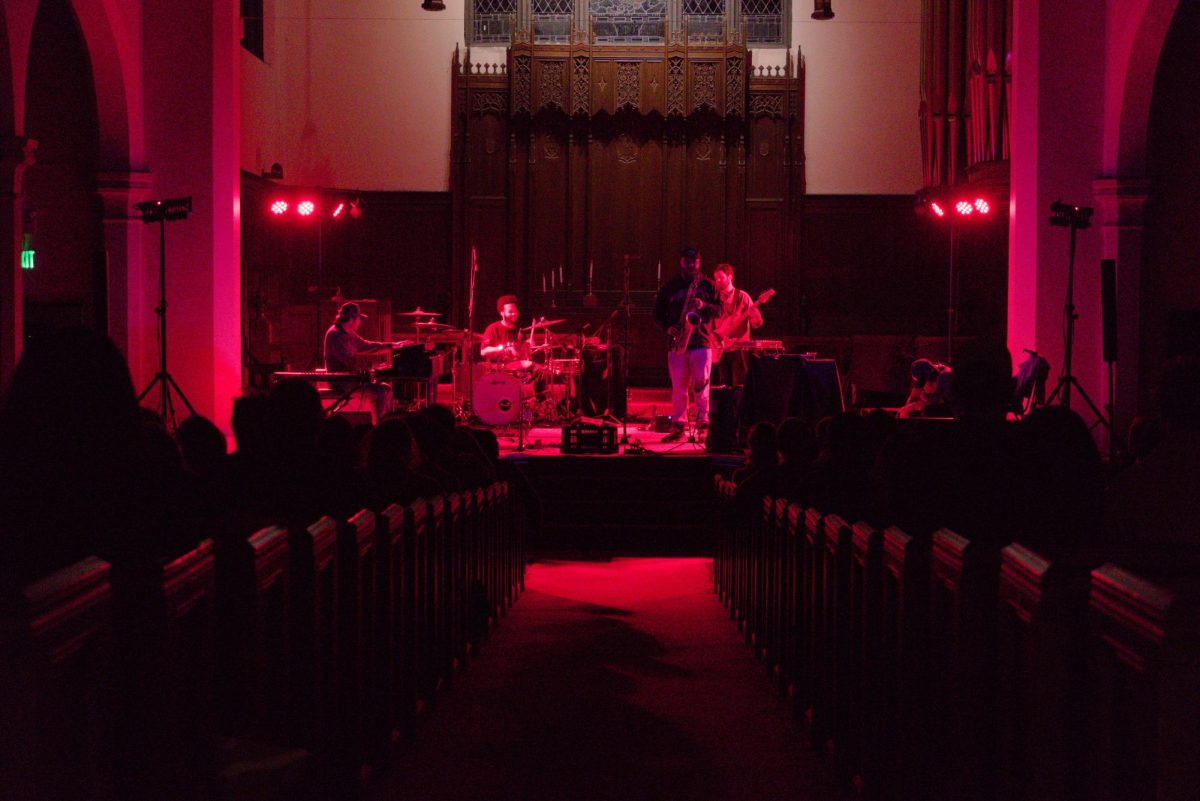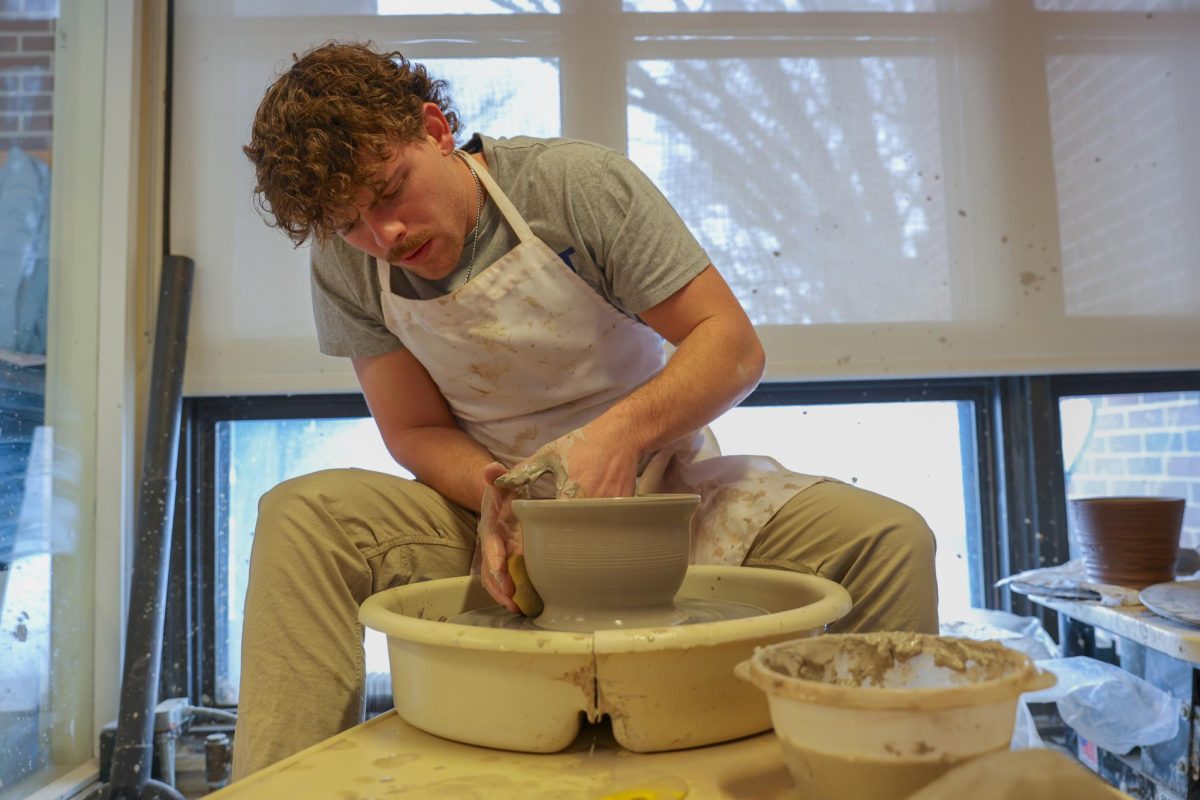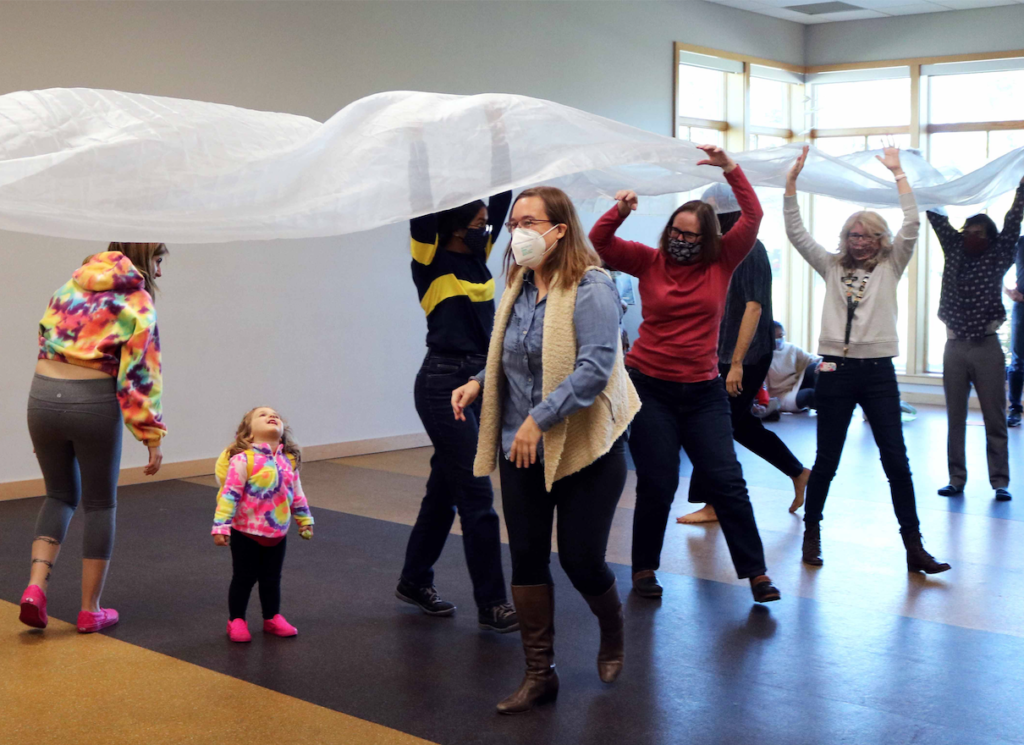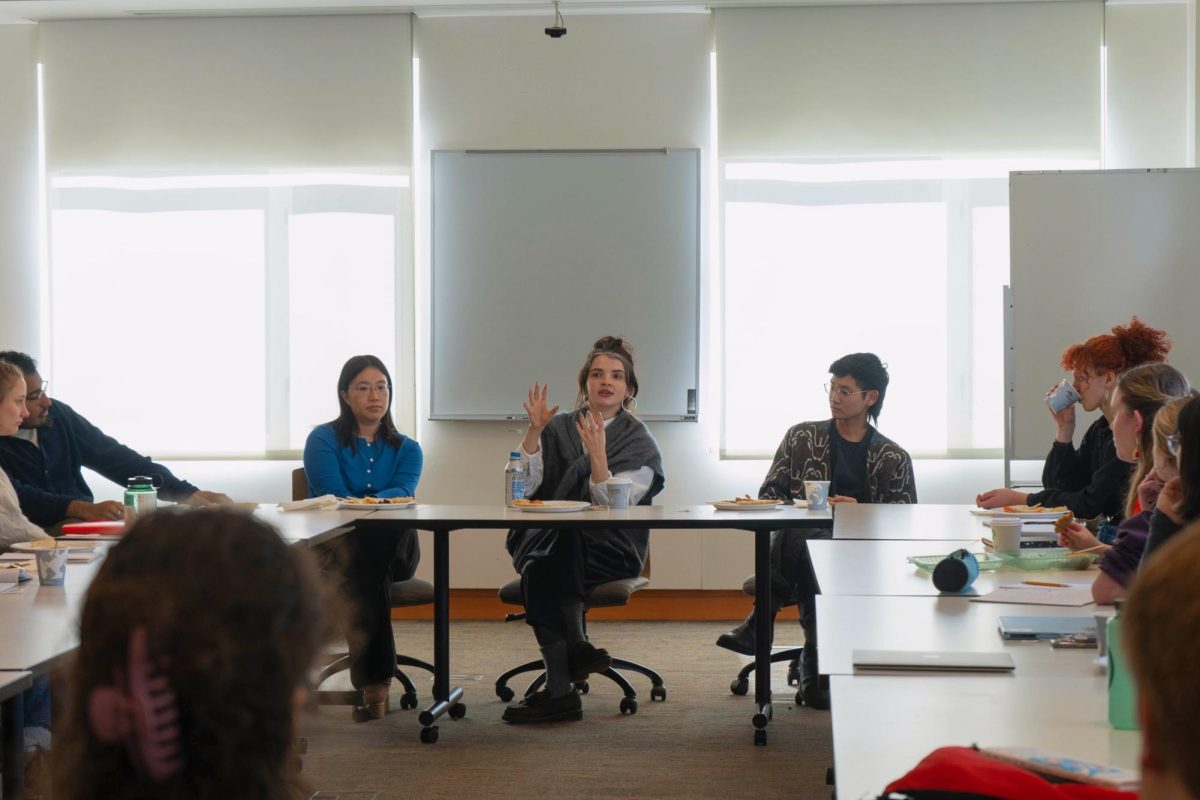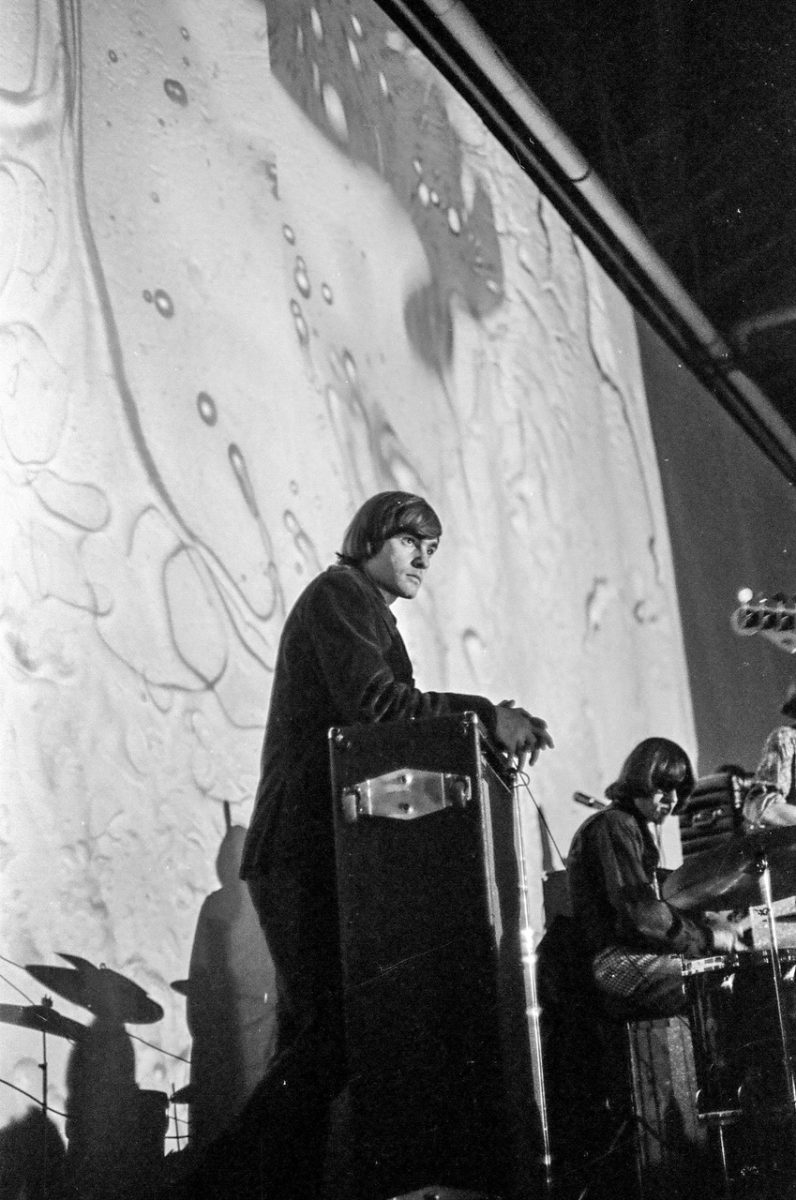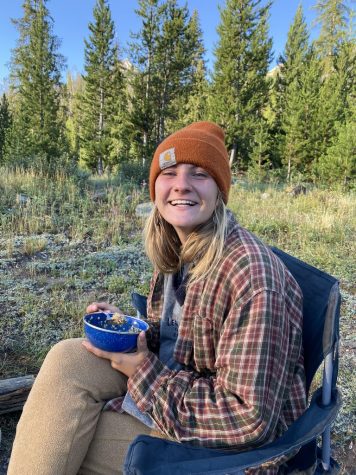“Dancing Storytime,” a partnership between Grinnell College’s Dance Ensemble and the Drake Community Library, has reopened the door for in-person community interaction after the COVID-19 pandemic made College-community engagement especially challenging.
In 2019, the College received the Humanities in Action grant from the Andrew W. Mellon Foundation which provided the funding and support for the college to create engagement between art classes and the community. A collaboration between the Dance Ensemble and Drake Community Library in a series of performances is one project made possible by the grant.
The project includes four performances throughout the months of November and December. The next two performances are set for Saturday, Nov. 13, and Saturday, Dec. 4. The first performance was on the front lawn outside the library, but due to the colder weather, the upcoming performances will be held inside the library.
Community Engaged Learning Fellow Lia Schifitto connected Karen Neal, the youth services director at Drake Library, with Professor Celeste Miller, theatre and dance, who’s also the Dance Ensemble leader.
The pair, along with the four dance ensemble members Lillith Hafner `23, Arturo Hernandez-Ramirez `22, Elena Busick `25 and Emma Kaplan `25 chose four picture books surrounding themes of diversity and the understanding of what it means to be human. Each performance is unique and aims to explore the themes of each new picture book.
“It is a performance with a lot of audience interactivity and that interactivity is an invitation for everyone in the room — child, adult, and everyone in between — to find joy in exploring a picture book through the stories, through the visual images and the ways that we can explore those ideas through guided movement,” said Miller. “Including being able to observe a choreographic explanation of the material as well by the four dancers.”
Schiffito shared why this particular community event is unique in that most opportunities to dance in the community focus on competitive dancing. “They don’t focus on movement as a form of learning,” she said.
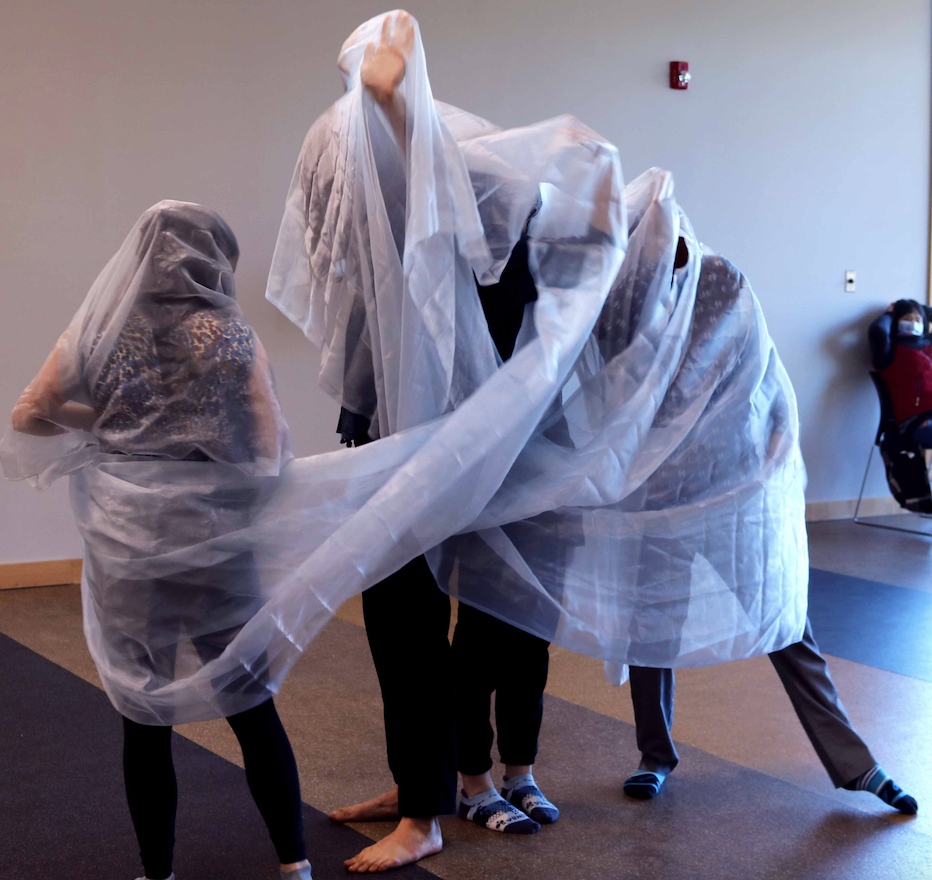
“Really thinking about community engagement through the form of dance is that it is a way to learn about something, and movement helps with memory. It’s bringing together early learning with picture books and movement.” said Schifitto.
The project provides new opportunities and experience for both community members as well as ensemble members, as for several students involved, this is their first time participating in this kind of performance.
Kaplan has been dancing for most of her life in studios with a director providing specific choreography. “I feel like for this piece it was a very different experience. I showed up and it was like, ‘Okay, what do you want to do?’ and I was like, ‘What do you want me to do?’” she explained. “It was very much an adjustment, and a good one! It was fun and it had me broaden my horizons.”
The ensemble members also expressed positive feelings about the project’s interactions with the community. “I think that our presence at the library also creates interest in literacy at least for children, and I think that it’s important to bring it [the performance] to a library because the library is such an important community space,” said Hernandez-Ramirez. “Growing up I spent a lot of time in my own local public library in Des Moines, so it carries that meaning too which is nice.”
Schifitto hopes that this project will be the first of many opportunities for classes to provide fruitful and long-lasting engagement with the community. “This is an all-ages event, and anyone can have fun participating, but I think that that piece of long-term impact is what excited me most about this class,” she said. “I think the leadership that students gain over time by being active players in the design of the programming is something that excited me and is something that I hope to see other classes do.”
